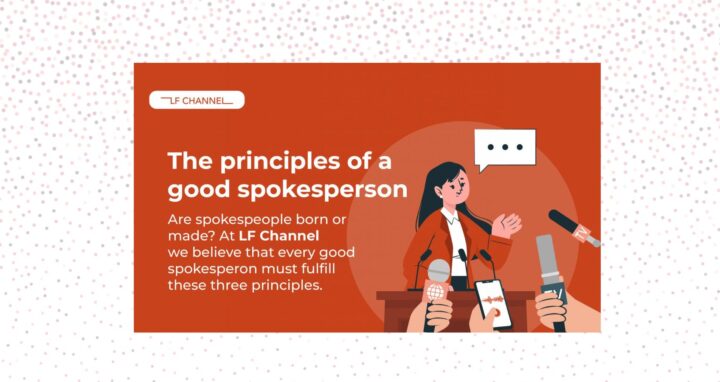This insight post is a summary of the original blog post published by Morgan Snyder at MorganMyers. View the original, full-length blog post.
Too many brands say rather than do in the world of sustainability in an attempt to align with customer values. For those who truly look to set an example, our partners at MorganMyers guide how companies can communicate specifically and clearly on what they are doing to positively impact the environment and future.
When not communicating clearly, there is a huge, missed opportunity to augment your brand’s narrative and build trust with the 92% of consumers who state they’re more likely to trust brands that are environmentally or socially conscious. For a brand’s sustainability messaging to hold true meaning, show, not tell, your sustainability story in a memorable way. Keep reading to learn about the specific ways to do so.
Address specific goals, not sustainability as a broad term
Sustainability is no longer a differentiating factor between brands, but a requirement. Many brands fail to address “the how” behind their sustainability mission and instead throw around buzzwords or meaningless blanket statements.
To determine your goals, you’ll first need to narrow in on select topics. Some of the most pressing categories include:
- Climate change and the circular economy – reducing plastic use in packaging, reducing carbon emissions, etc.
- Poverty – creating safe job opportunities in regions in need of development, reuse of resources for those in need
- Supply chain and production – produce quality and quantity with limited resources while preserving the environment
Rather than trying to communicate why your brand is sustainable from every angle, come up with three to five actionable goals within your target initiatives to layer into your brand story, long term.
Develop products with a sustainable purpose at the forefront
Eighty-seven percent of consumers state they would buy a product with an environmental benefit if given the opportunity. Brands can turn their product into not just a short-term solution, but a lifestyle.
Every time a person purchases your product, how does it positively impact our planet? When planning your next product launch, turn to these strong examples of brand purposes that put sustainability at the forefront and encourage an eco-conscious lifestyle:
- Nespresso: Consumers can recycle coffee capsules via mail or at a Nespresso store.
- TOMS: For each pair of shoes purchased, a child in need gets a free pair.
- ‘Merica Clothing Company: For each apparel item purchased, a tree is planted. In addition, proceeds are donated to national park foundations to preserve our earth.
To get more detailed insight on this topic, be sure to read the full blog post Getting Sustainability Messaging Right Through Meaningful Content.
Morgan Myers is a strategic communications firm that builds, protects and promotes great brands that help feed the world. They serve clients with a range of audiences, from farmers to consumers, enabling a 360 degree perspective to tell your story in a way that resonates, engages and moves your brand forward.



